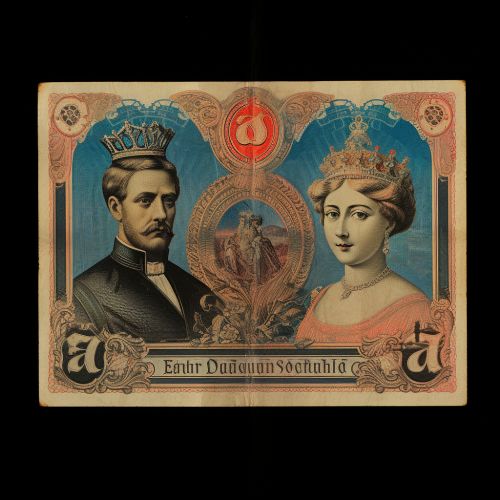German Monetary, Economic and Social Union
Introduction
The German Monetary, Economic and Social Union (GMESU) was a significant event in the history of Germany, marking the economic unification of the West Germany and the East Germany. This union was a precursor to the political unification that occurred later in the same year, 1990. The GMESU was a complex process involving the integration of two vastly different economic systems, and it had profound effects on the social and economic landscape of the unified Germany.


Background
After the end of World War II, Germany was divided into two separate states, each with its own distinct economic system. West Germany followed a market economy model, while East Germany was a planned economy under the influence of the Soviet Union. The two German states developed along different economic paths, leading to significant disparities in wealth, productivity, and living standards.
The Process of Unification
The process of unification began with the fall of the Berlin Wall in November 1989, which marked the beginning of the end for the East German state. In the months that followed, negotiations between the two German states led to the signing of the Treaty on the Creation of a Monetary, Economic and Social Union between the Federal Republic of Germany and the German Democratic Republic on May 18, 1990.
Monetary Union
The monetary union was the first step in the process, implemented on July 1, 1990. The East German Mark was replaced by the Deutsche Mark, at a conversion rate of 1:1 for salaries, pensions, and small savings. Larger amounts were converted at a rate of 2:1. This conversion rate was controversial, as it significantly overvalued the East German Mark, leading to inflationary pressures in the newly unified economy.
Economic Union
The economic union involved the adoption of the West German economic system by East Germany. This included the introduction of a market economy, the privatization of state-owned enterprises, and the liberalization of trade. The Treuhandanstalt, a government agency, was established to oversee the privatization process. However, the transition was difficult, with many East German enterprises unable to compete in the new market environment.
Social Union
The social union involved the extension of West Germany's social security system to East Germany. This included unemployment benefits, pensions, and healthcare. However, the integration of the two systems was challenging due to the differences in living standards and employment rates between the two regions.
Impact of the Union
The GMESU had a profound impact on the economic and social landscape of Germany. While it led to significant improvements in living standards in the former East Germany, it also resulted in high unemployment rates and economic dislocation. The process of deindustrialization in the East led to a significant population shift to the West, exacerbating regional disparities.
Criticism and Controversy
The GMESU has been the subject of much criticism and controversy. Critics argue that the 1:1 conversion rate for the East German Mark led to inflation and economic instability. The privatization process has also been criticized for leading to job losses and economic dislocation in the East.
Conclusion
The German Monetary, Economic and Social Union was a complex and challenging process, with significant economic and social impacts. Despite the difficulties, it was a crucial step towards the political unification of Germany, marking the end of the division that had characterized the country since the end of World War II.
